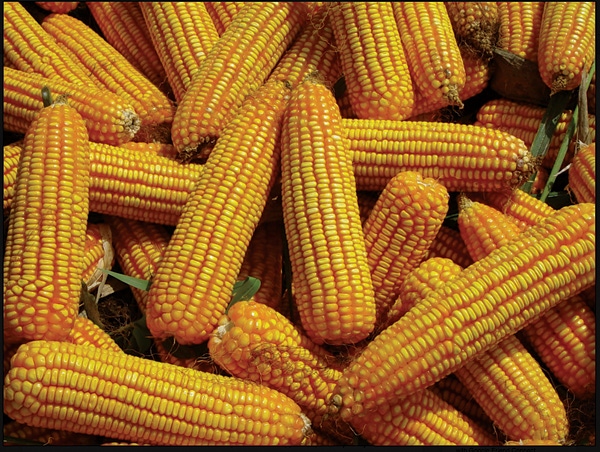
So what would happen if the anti-GMO crowd magically got their wish and everything GMO disappeared from the planet?
For starters, higher food prices, sharply higher greenhouse gas emissions due to land use changes, and major losses of forest and pasture land, according to a Purdue University study reported in Science Daily. The research was funded by the California Grain & Feed Association and will be published in the journal AgBioForum.
“This is not an argument to keep or lose GMOs,” says Wally Tyner, who conducted the study with Farzad Taheripour and Harry Mahaffey. They wanted to assess the significance of crop yield loss if GMO crops were banned from U.S. farms, and how that would trickle down to other parts of the economy.
IT’S FREE! Stay informed on what’s happening in Mid-South agriculture: Subscribe to Delta Farm Press Daily.

HAVE YOU SEEN OUR PHOTO GALLERIES FROM THE 2016 MID-SOUTH FARM AND GIN SHOW? Click here to see who you may know!
“It’s just a simple question: What happens if they go away?” says Tyner, James and Lois Ackerman professor of agricultural economics. With Taheripour, research associate professor of agricultural economics, and Mahaffey, agricultural economics graduate student, they amassed data showing that 18 million farmers in 28 countries planted about 447,260, 739 acres of GMO crops in 2014, about 40 percent of that in the U.S.
They fed those data into a Purdue-developed model that is used to examine economic consequences of changes to agricultural, energy, trade, and environmental policies. Eliminating all GMOs in the U.S., the model showed, would result in an average 11.2 percent drop in corn yields, a 5.2 percent decline in soybean yields, and 18.6 percent drop for cotton. To compensate for those losses, about 252,047 acres of U.S. forest and pasture would have to be converted to cropland and 2,718,159 acres globally.
With lower crop yields, and more forest/pasture land converted for crop production, greenhouse gas emissions would rise substantially.
“In general, the land use change — the pasture and forest you need to convert to cropland to produce the amount of food you need — is greater than all of the land use change we have previously estimated for the U.S. ethanol program,” Tyner says. In other words, the increase in greenhouse gas emissions that would come from banning GMOs in the U.S. would be greater than the amount needed to create enough land to meet federal mandates of about 15 billion gallons of biofuels.
“Some of the same groups that oppose GMOs want to reduce greenhouse gas emissions in order to reduce the potential for global warming,” Tyner says. “The result we get is: You can’t have it both ways. If you want to reduce greenhouse gas emissions in agriculture, an important tool to do that is GMO traits.”
Lower crop yields would bring higher commodity prices — corn as much as 28 percent higher, soybeans as much as 22 percent, and food prices would increase $14 billion to $24 billion per year.
“If, in the future, we ban GMOs at the global scale, we lose lots of potential yield,” Taheripour says. “If more countries adopt GMOs, their yields will be much higher.”
The research will continue to see how expansion and reductions of GMO crops worldwide could affect economies and the environment.
About the Author(s)
You May Also Like




